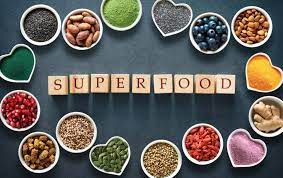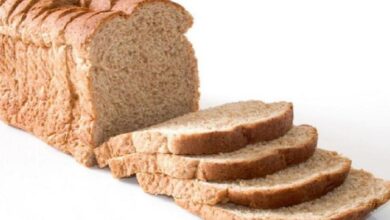How Soon After Eating Can You Work Out?
A healthy lifestyle revolves on exercise, yet scheduling your exercises around meals may be challenging. You may be wondering how soon after eating you may work out at the gym or go for a run. This article will examine the connection between exercise and meal timings and provide tips on how to maximize your training regimen without sacrificing your energy or causing pain.

Additionally Read: Research Discovers Tai Chi Works Better Than a Lot of Other Exercise Methods
Comprehending Digestion
It’s important to know what happens to your body when you eat in order to make sense of time. Your body employs digestion, which may take anywhere from 24 to 72 hours depending on what you’ve eaten, to convert food into nutrients. But when it comes to timing your activity, the early phases—which are related to the stomach and the absorption of nutrients—are the most important.
Meal Size and Composition: Their Significance
Little Snacks vs Big Meals
The amount and makeup of your meal have a big impact on how fast your body breaks down food. Large meals, especially those heavy in fats and proteins, may be digested more slowly than little snacks, especially those strong in carbs. Generally speaking, you should wait longer to exercise after a substantial meal.
Proteins, Fats, and Carbs
Your body uses carbohydrates as its main energy source because they digest more quickly than proteins and lipids. If you’re wanting to eat something close to your exercise time, a modest, high-carb snack can be a decent choice.
When ingested in moderation, protein may help prevent muscle injury and has a longer half-life, making it an excellent pre-workout option.
Although they are necessary for a balanced diet, fats absorb the slowest and might cause fatigue if consumed too soon before an exercise session.
When to Work Out
Working Out After Light Snacks
It’s usually adequate to wait between thirty and sixty minutes to exercise after a short, carb-heavy snack. This timing minimizes the chance of stomach pain and enables your body to start turning the meal into useful energy.
Working Out After Heavy Meals
It is best to wait two to three hours after a big meal before doing moderate- to high-intensity physical exercise. This waiting period allows your body to adequately digest the meal, preventing gastrointestinal upset or interference with your physical performance.
Exercise Types
How soon you may work out after eating also depends on the kind of activity you do. Compared to high-intensity workouts like running, swimming, or weightlifting, which may need a longer digesting interval to prevent cramping, nausea, or other discomforts, low-intensity exercises like walking or light yoga may be tolerated sooner after eating.
Paying Attention to Your Body People digest food at different speeds, so what suits one person may not suit another. When exercising after eating, pay attention to how your body reacts and modify the time appropriately. If you have symptoms like nausea, dizziness, or cramps before working exercise, you may need to give your body extra time to digest.
Exercise and Hydration
Drinking enough water is essential for both your digestion and exercise performance. Digestion may be aided and dehydration can be avoided by drinking water before, during, and after a meal and exercise. To avoid discomfort, however, refrain from drinking a lot of water just before or during activity.
Nutrition Before and After Exercise
Prior to Exercise
Making the appropriate dietary choices before working out may improve your energy and performance. An hour before your exercise, a mix of simple carbs and a little amount of protein may provide you the energy you need without making you feel exhausted.
After Exercise
It is equally vital to eat after working exercise. Try to have a meal or snack that has both carbs and protein to help rebuild muscle and restore energy. To optimize recuperation, eat this meal no later than two hours after working exercise.
Continue Reading: Research Shows Frequent Exercise Reduces Insomnia
It takes some trial and error to determine when is the optimum time to work out after eating. While broad recommendations might point you in the right direction, it’s important to pay attention to your body’s cues. You may tailor your exercises to be more comfortable and effective by paying attention to the amount and content of your meals as well as the kind of activity you want to accomplish.
Keep in mind that every person has a unique physique, so what suits you may not match the standard guidelines. Enjoy the advantages of exercise and a nutritious diet when you take care of your body by being hydrated, fed, and aware of its demands.







